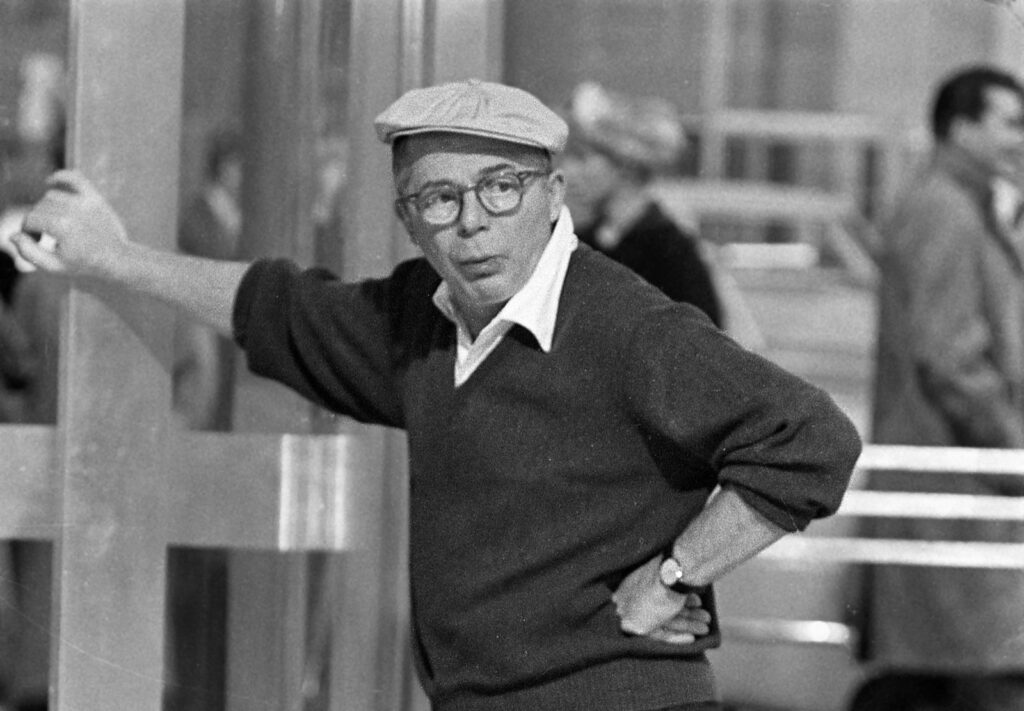Introduction
Behind every unforgettable movie is a powerful story — and behind every story is a brilliant screenwriter.
The art of screenwriting is not just about dialogue or structure — it’s about creating worlds that pull audiences in and never let go.
In this article, we’ll explore the journeys, habits, and creative methods of Top Screenwriters who have written some of the most iconic films in Hollywood and beyond. You’ll learn how they develop their ideas, overcome creative blocks, and transform blank pages into timeless cinema.

1. What Makes a Screenwriter Great?
A great screenwriter doesn’t just tell a story — they architect emotion, pacing, and visual rhythm.
Key Traits of Top Screenwriters:
-
Mastery of structure: Understanding how stories rise, fall, and resolve.
-
Authentic voice: Every writer has a distinct style and tone.
-
Emotional intelligence: They know how to make audiences feel.
-
Discipline and consistency: Writing every day, even without inspiration.
-
Collaborative mindset: Adapting to feedback from directors and producers.
2. Meet the Top Screenwriters Who Defined Modern Cinema
Let’s take a look at some of the Top Screenwriters whose storytelling genius has shaped generations of movie lovers.
| Screenwriter | Famous Works | Signature Style |
|---|---|---|
| Aaron Sorkin | The Social Network, The West Wing | Fast-paced dialogue and political tension |
| Greta Gerwig | Lady Bird, Little Women, Barbie | Emotional realism and strong female characters |
| Christopher Nolan | Inception, Memento, Interstellar | Complex narratives and non-linear storytelling |
| Quentin Tarantino | Pulp Fiction, Kill Bill, Django Unchained | Sharp dialogue and stylized violence |
| Phoebe Waller-Bridge | Fleabag, No Time to Die | Witty, self-aware humor with raw emotion |
| Jordan Peele | Get Out, Nope, Us | Social commentary blended with psychological horror |
3. Aaron Sorkin: The Architect of Dialogue
Aaron Sorkin’s writing process revolves around rhythm — his scripts almost sound like music.
He begins by identifying conflict at the center of power: politics, business, or media. Sorkin once said:
“Intention and obstacle — that’s all drama is.”
He often writes his scenes out loud to perfect pacing and timing, ensuring every line serves the narrative drive.
4. Greta Gerwig: Writing From Memory and Emotion
Greta Gerwig’s strength lies in emotional honesty. Her stories, often semi-autobiographical, explore identity, relationships, and self-growth.
Her process begins with real memories, which she transforms into fictional moments that feel authentic. She writes first drafts quickly to capture raw emotion, then spends months refining dialogue until it feels lived-in.
5. Christopher Nolan: Building Worlds of Time and Mystery
Nolan approaches screenwriting like an engineer — structuring intricate puzzles that unfold logically yet emotionally.
He typically begins with a concept of time or reality and builds characters to explore it. His outlines are famously long and detailed, often drawn on whiteboards to visualize multiple timelines or perspectives.
6. Quentin Tarantino: The Master of Voice and Style
Tarantino’s process thrives on character-driven scenes and dialogue that’s just as memorable as the action.
He writes longhand in notebooks, often listening to music that inspires his tone. He develops each character’s background deeply, even if most details never appear on screen — ensuring every line feels organic.
7. Phoebe Waller-Bridge: Comedy With a Confessional Edge
Phoebe Waller-Bridge’s writing blends wit with vulnerability. Her scripts, like Fleabag, break the fourth wall not just as a gimmick but as a way to expose truth.
Her writing process starts with character monologues — she writes long passages of inner thoughts, then distills them into crisp dialogue that feels both comedic and heartbreaking.
8. Jordan Peele: Horror Meets Humanity
Jordan Peele redefined horror by using it as a mirror to society. His process begins with a question — for example: “What if racism itself was the monster?”
He builds tension through realism, then twists it into surreal terror. His scripts are known for multi-layered symbolism and strong subtext, making him one of the most socially conscious Top Screenwriters of the decade.
9. Lessons From the Top Screenwriters’ Creative Habits
| Habit | Practiced By | Benefit |
|---|---|---|
| Writing daily, no matter what | Aaron Sorkin, Greta Gerwig | Builds creative discipline |
| Outlining before dialogue | Nolan, Peele | Stronger narrative structure |
| Using music or mood boards | Tarantino, Gerwig | Enhances tone and atmosphere |
| Writing by hand | Tarantino, Waller-Bridge | Deepens emotional connection |
| Rewriting multiple drafts | All of them | Refines character and pacing |
10. How You Can Apply These Techniques to Your Own Screenwriting
You don’t need to be a Hollywood veteran to write like the Top Screenwriters.
Here’s how to bring their methods into your creative process:
-
Outline your structure early. Know your story’s beginning, middle, and end.
-
Focus on character goals. Every scene must move the story forward.
-
Read scripts daily. Study pacing and dialogue from successful films.
-
Rewrite without mercy. The best writing emerges in revision.
-
Find your voice. Your personality is your greatest storytelling tool.
11. The Screenwriting Process: From Idea to Screen
| Stage | Goal | Outcome |
|---|---|---|
| Concept | Generate the core idea or theme | A compelling premise |
| Outline | Build the story structure | Scene-by-scene roadmap |
| First Draft | Write freely without editing | Foundation of the script |
| Revisions | Strengthen dialogue and pacing | Sharper and more engaging story |
| Pitching | Present script to producers | Development deal or production |
12. The Future of Screenwriting
The next generation of Top Screenwriters will likely blend traditional storytelling with AI-assisted tools, virtual collaboration, and transmedia narratives.
Online writing workshops, real-time feedback apps, and collaborative writing platforms are democratizing the craft — allowing voices from around the world to emerge and be heard.
Conclusion
The Top Screenwriters of today remind us that great storytelling isn’t about formulas — it’s about passion, authenticity, and persistence.
Each of them approaches writing differently, but they share one core truth: the story always comes first.
So whether you’re drafting your first short film or refining your feature-length screenplay, take inspiration from their journeys — and remember that every masterpiece starts with one blank page and an unstoppable idea.
FAQs About Top Screenwriters and Their Process
Q1. Who are some of the Top Screenwriters in Hollywood today?
Writers like Aaron Sorkin, Greta Gerwig, Christopher Nolan, and Jordan Peele are among the most influential voices shaping modern cinema.
Q2. What makes a great screenwriter stand out?
A clear storytelling voice, command of structure, and emotional depth set great writers apart from the rest.
Q3. How do Top Screenwriters overcome writer’s block?
They maintain consistent writing habits, take breaks when needed, and often switch to outlining or research to refresh creativity.
Q4. How many drafts do professionals write before finalizing a script?
Most Top Screenwriters go through 5–10 drafts, refining dialogue, structure, and character development each time.
Q5. Can aspiring screenwriters use collaboration platforms to improve?
Absolutely. Platforms like Notion, Final Draft, and StudioBinder help organize ideas and collaborate with other creatives.
Q6. What’s the most common mistake new screenwriters make?
Rushing to dialogue before developing structure — story should always guide the script.
Q7. Do professional screenwriters write every day?
Yes, most maintain daily writing routines, even if just for 30 minutes, to keep their creative rhythm sharp.
Q8. How do Top Screenwriters research their stories?
Through extensive reading, interviews, and real-world observation to ensure authenticity and depth.
Q9. Are screenwriting tools necessary for success?
They’re not mandatory, but they streamline formatting and collaboration — making the writing process smoother.
Q10. Where can I learn more about filmmaking and creative collaboration tools?
Explore our full guide on Film Making Tools and Collaboration Platforms You Should Try to enhance your writing and production workflow.


Leave a comment